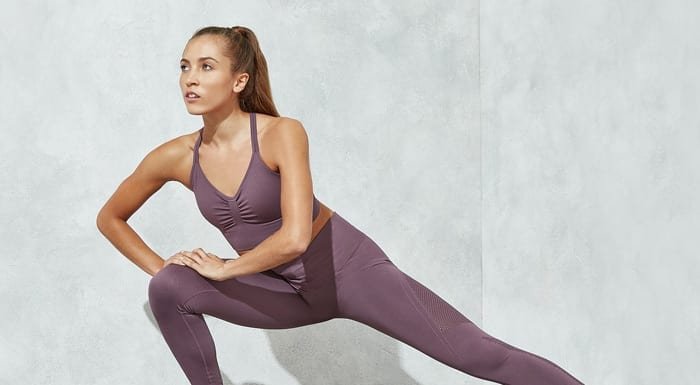This is one of the great doubts that specialists are still investigating and debating: do they prepare muscles and tendons for the exercise that we are going to do? Is it necessary to stretch after a workout? Prepare injuries? A cluster of issues that have an easy answer. Thus, we must start from the fact that the stretches, and as long as they are carried out correctly, will bring us a large number of benefits.
In general, muscle stretches are considered one more complement or phase of heating or preparation of the body to cope with the effort involved in exercising, being also a way to predispose or prepare the muscle for rest and assimilation of the effort made.
This is an important phase of training and fundamental to avoid muscle imbalances and injuries. A series of dynamic stretches to warm up, progressive and controlled, which will only take us 5 minutes, and will be one of the best tools for safe exercise.
Dynamic stretches vs static stretches
For all this, it is important not to neglect the stretches and adapt them to what suits our physical state, in addition to being beneficial for the execution of the exercises and the final objective of the exercises. It is therefore essential to know the different types of stretches that exist, that is, dynamic stretches and static stretches.
Static stretches are performed at rest, working muscles individually and stretching them to a certain point, in addition to maintaining posture for a few moments. For its part, dynamic stretches are those that are carried out in active, performing, controlled, and moderate movements. Their ultimate goal is to lengthen the muscle fibers and progressively increase them.
The difference between the two types of stretching is that dynamic stretches prepare the muscle for physical activity, being ideal if we are about to exercise. Thus, a dynamic stretch will not affect muscle endurance and will not relax the muscle, something typical of static stretching, which is an ideal way to prevent an injury. In addition, it is ideal for people who are not used to exercising, as it is the best way to improve the flexibility and elasticity of the muscles before starting an activity that requires physical effort.
Stretching 1
To increase blood flow and warm up the muscle, we will start with one of the most recommended exercises by the warming experts. Begin the exercise standing with your feet apart and your back straight. Take one foot and raise it to waist height. Your knee should be bent sideways. The movement should be done smoothly, alternating from one leg to the other and stretching your arms after each lift and as a preliminary movement. Repeat each step about 10 times.
Stretching 2
Starting from the same posture, direct your right leg back to lean the tip of the foot on the ground. Both legs must be flexed and, from that position, also raise the right arm and stretch it over the head. Return to the initial posture and repeat the stretch with your leg and left arm. Also, do about 5 reps on each side.
Stretch 3
Standing, take one of your legs backward and grab your foot down the instep with the hand on the same side. At the same time, stretch the arm from the opposite side upwards. Go alternate and control your breath with each action.
Stretching 4
With the elbows flexed at the height of the chest, turn a stride forward and turn the waist towards the leg side you have advanced. Make the same stretch to the opposite side, combining the work of legs and waistlines.
Stretching 5
After these stretches, take a deep breath as you raise your arms and exhale as you lower your torso. As you lower yourself, keep one leg slightly forward, resting your foot on your heel and keeping both legs slightly bent.
Stretching 6
More similar exercises can be added to stretch legs and arms, but exercises that cannot be missed as a finishing off this stretching routine are the rotations of shoulders, neck, waist, knees, and ankles. A way to stimulate and stretch all muscles and tendons, and prepare you to give it your all while running or doing any other activity.

